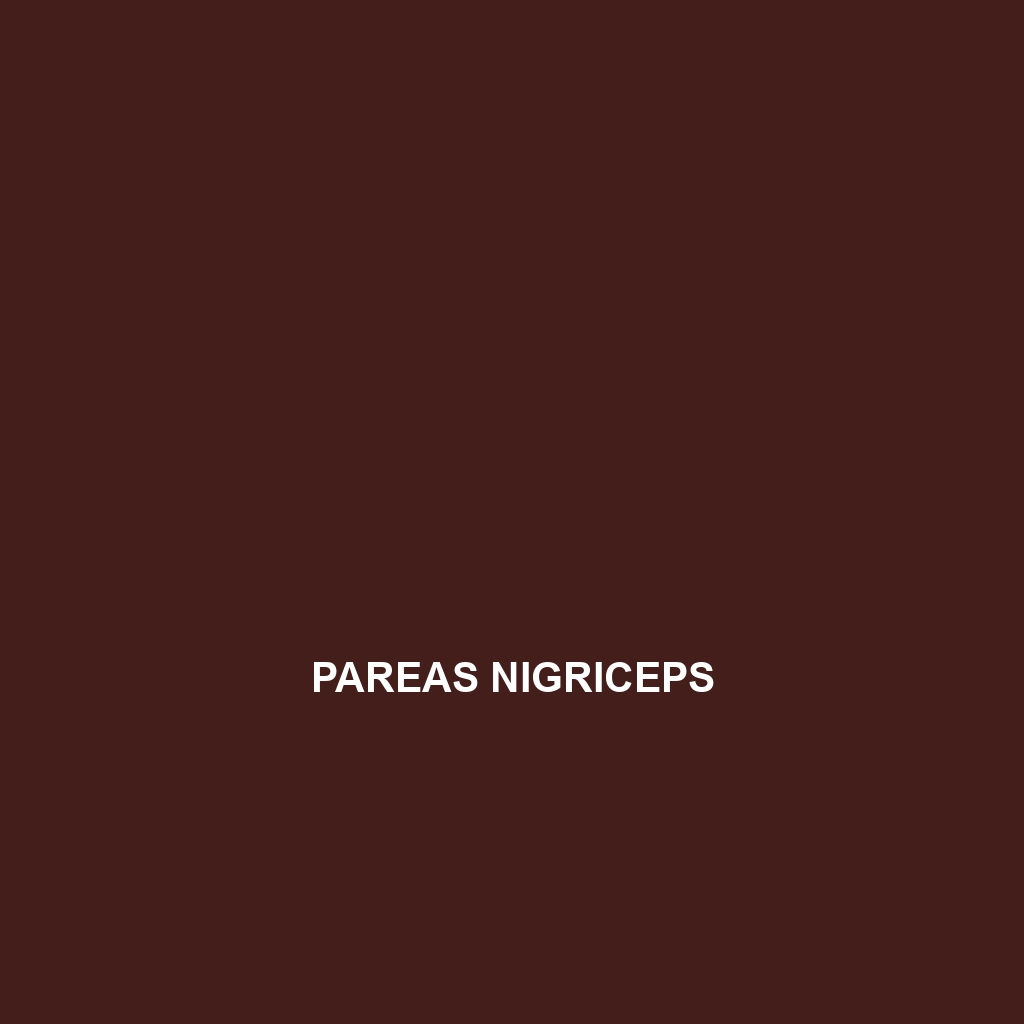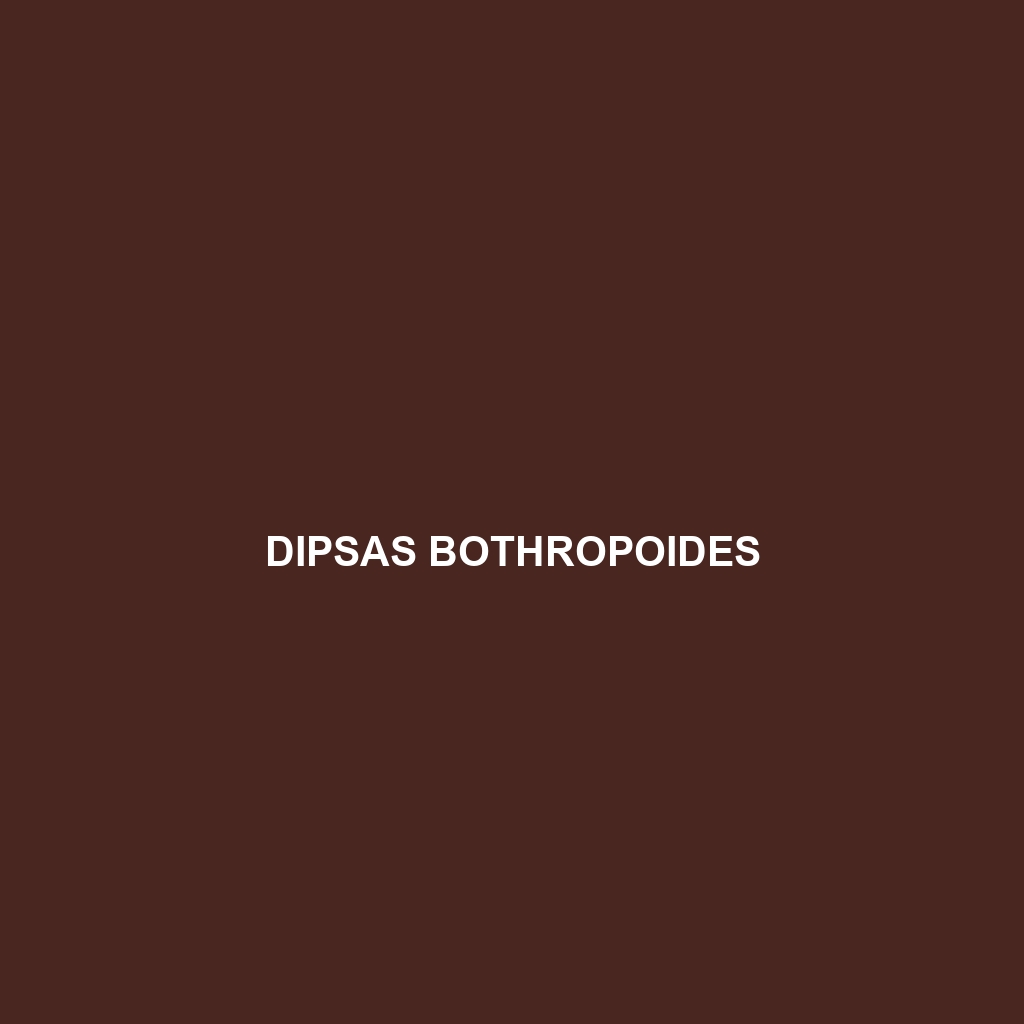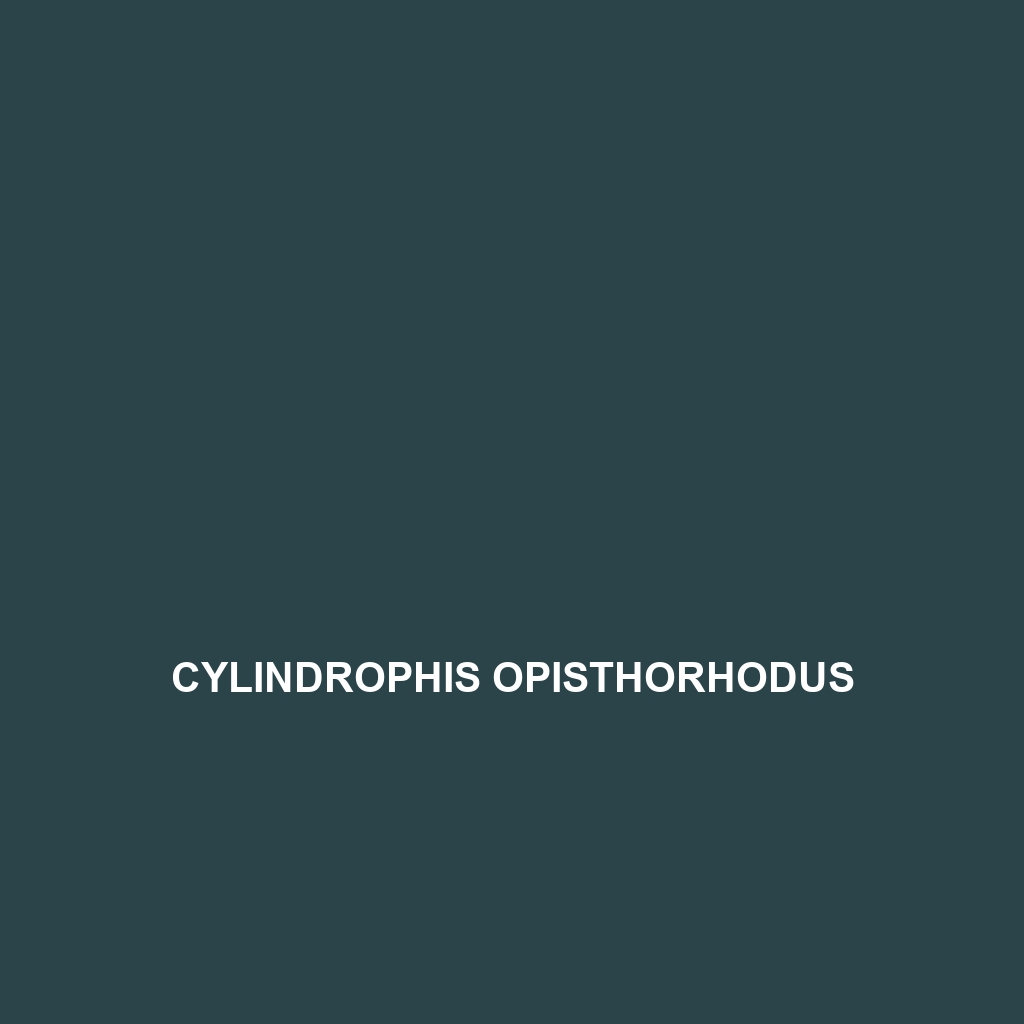<p><b>Sibon vieirai</b> is a non-venomous snake native to Central and South America's rainforests, primarily feeding on snails and slugs. Known for its slender body and striking olive green and brown coloration, this diurnal species plays a vital role in its ecosystem by regulating invertebrate populations and serving as prey for larger predators.</p>
Tag: mollusk-eating snakes
Pareas nigriceps
<p><b>Pareas nigriceps</b>, commonly known as the black-headed snail-eater, is a nocturnal snake native to Southeast Asia's rainforests, known for its distinct black head and specialized diet of land snails. With a slender body reaching up to 1.5 meters, it plays a crucial role in controlling snail populations and maintaining ecological balance in its habitat.</p>
Dipsas bothropoides
<h2>Short Description:</h2> TheDipsas bothropoides, or bothrops snake, is a slender, nocturnal serpent native to the tropical rainforests of Central and South America, recognized for its distinctive coloration and diet primarily consisting of snails and small amphibians. Currently listed as vulnerable due to habitat loss, it plays a crucial role in controlling snail populations in its ecosystem.
Cylindrophis melanotus
Discover the Cylindrophis melanotus, or black-striped snail-eater, a nocturnal snake native to Southeast Asia, characterized by its striking yellow or white stripes and cylindrical body that can reach up to 1.2 meters. With a diet primarily consisting of mollusks, this docile species plays a vital role in controlling snail populations while thriving in tropical rainforests and wetlands.



